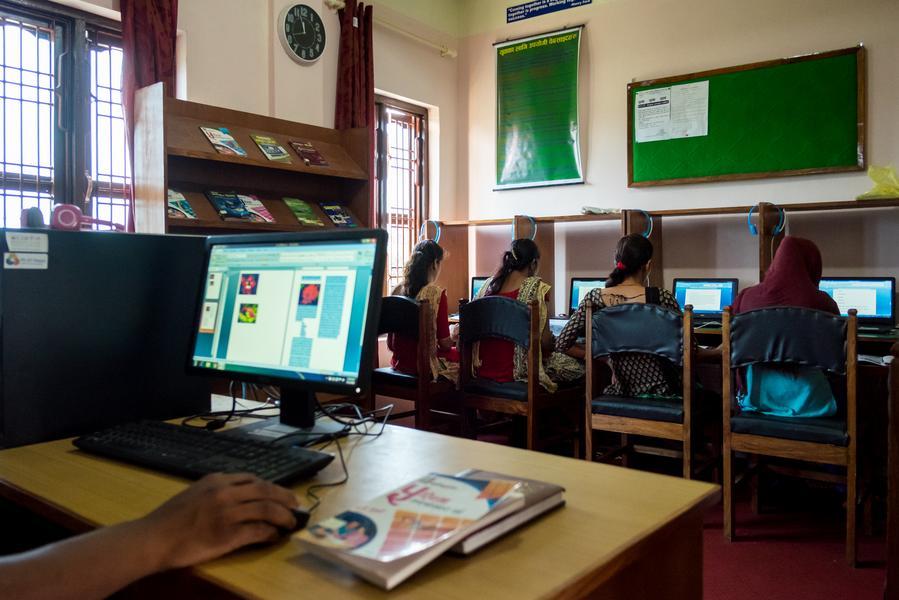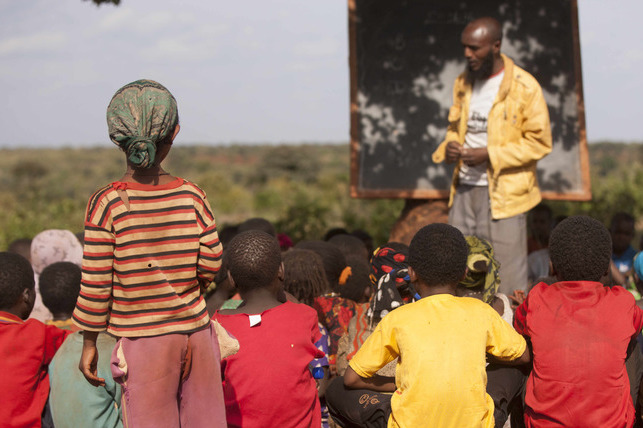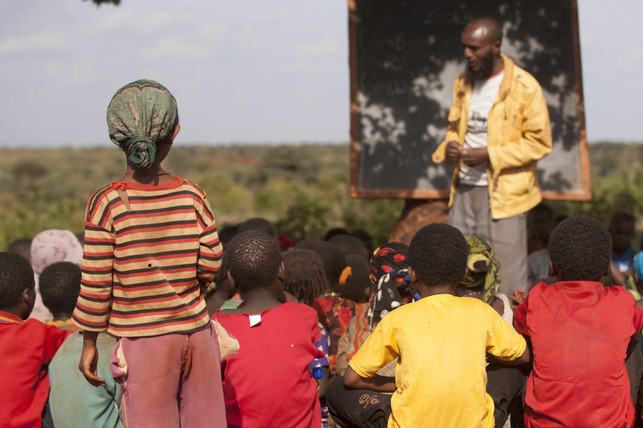Country Context:
Chad, a country still reeling from the aftermath of conflict, poverty, and poor governance, grapples with staggering poverty rates, with over 62% of its population living below the poverty line. Like many impoverished nations, Chad's education system faces significant challenges, including inadequate resources, limited coverage, and substandard service quality. This results in alarming dropout rates and a large population of out-of-school children (OOSC). More than a third of children aged 6-11 and over 800,000 children aged 9-14 are not attending school, highlighting the severity of the situation. The dire conditions are compounded by inadequate school infrastructure, with only a quarter of classrooms being solidly built, a lack of latrines in over three-quarters of schools, and just over half of schools offering a complete education cycle.
Solution
The project aimed to enhance Chad's education system by supporting government efforts to increase primary school completion rates from 37% in 2011 to 80% by 2020. It targeted more than 34,000 children over 4.5 years; the project focuses on enhancing access and quality, particularly for vulnerable groups and disadvantaged regions. Critical interventions include constructing and equipping 390 additional classrooms in select primary schools, improving the learning environment with teaching materials and water/sanitation facilities, and promoting gender equality by constructing gender-sensitive latrines and water points.
Impact
Despite significant challenges, the project achieved notable success, identifying and enrolling 68,412 OOSC, including many girls, amidst teacher strikes and increased construction costs due to border issues. The project also indirectly benefited nearly 792,000 students across 11 regions. UNICEF's efforts resulted in the establishment of 314 schools with complete primary education cycles, the construction of essential latrines and water points serving thousands of students, and the distribution of textbooks and teaching guides to facilitate learning. Notably, the project's alignment with national policies and strategic frameworks, such as the UNDAF for Chad and the Chad 2030 vision, underscores its contribution to sustainable development goals and the government's broader objectives. Additionally, the project demonstrated the effectiveness of collaborative funding models, highlighting UNICEF's role as a successful implementer despite some administrative challenges. Overall, the project is a testament to the transformative impact of targeted interventions in fragile contexts.












